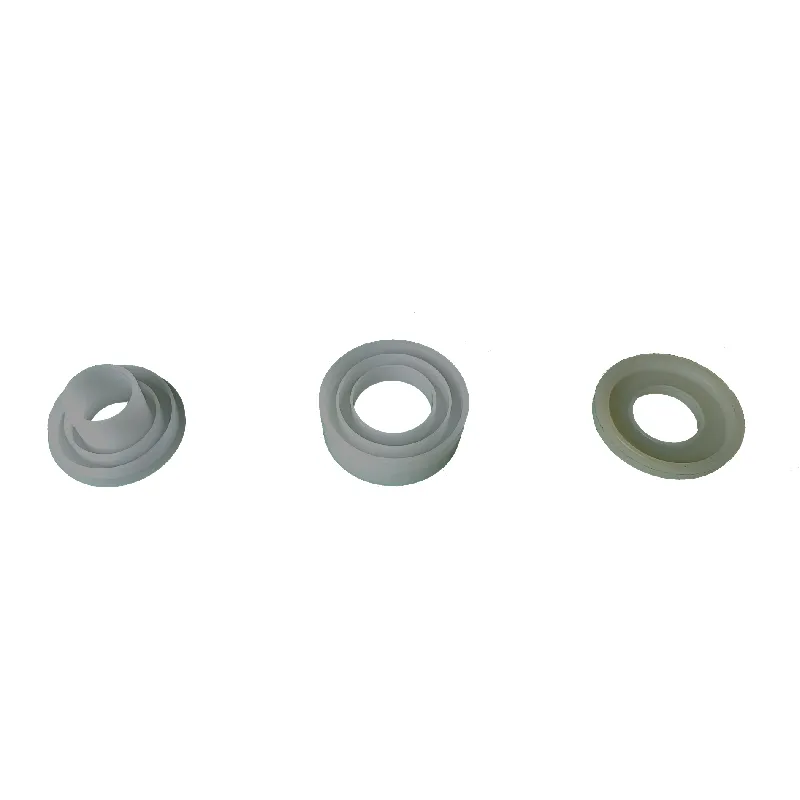 Afrikaans
Afrikaans  Albanian
Albanian  Amharic
Amharic  Arabic
Arabic  Armenian
Armenian  Azerbaijani
Azerbaijani  Basque
Basque  Belarusian
Belarusian  Bengali
Bengali  Bosnian
Bosnian  Bulgarian
Bulgarian  Catalan
Catalan  Cebuano
Cebuano  Corsican
Corsican  Croatian
Croatian  Czech
Czech  Danish
Danish  Dutch
Dutch  English
English  Esperanto
Esperanto  Estonian
Estonian  Finnish
Finnish  French
French  Frisian
Frisian  Galician
Galician  Georgian
Georgian  German
German  Greek
Greek  Gujarati
Gujarati  Haitian Creole
Haitian Creole  hausa
hausa  hawaiian
hawaiian  Hebrew
Hebrew  Hindi
Hindi  Miao
Miao  Hungarian
Hungarian  Icelandic
Icelandic  igbo
igbo  Indonesian
Indonesian  irish
irish  Italian
Italian  Japanese
Japanese  Javanese
Javanese  Kannada
Kannada  kazakh
kazakh  Khmer
Khmer  Rwandese
Rwandese  Korean
Korean  Kurdish
Kurdish  Kyrgyz
Kyrgyz  Lao
Lao  Latin
Latin  Latvian
Latvian  Lithuanian
Lithuanian  Luxembourgish
Luxembourgish  Macedonian
Macedonian  Malgashi
Malgashi  Malay
Malay  Malayalam
Malayalam  Maltese
Maltese  Maori
Maori  Marathi
Marathi  Mongolian
Mongolian  Myanmar
Myanmar  Nepali
Nepali  Norwegian
Norwegian  Norwegian
Norwegian  Occitan
Occitan  Pashto
Pashto  Persian
Persian  Polish
Polish  Portuguese
Portuguese  Punjabi
Punjabi  Romanian
Romanian  Russian
Russian  Samoan
Samoan  Scottish Gaelic
Scottish Gaelic  Serbian
Serbian  Sesotho
Sesotho  Shona
Shona  Sindhi
Sindhi  Sinhala
Sinhala  Slovak
Slovak  Slovenian
Slovenian  Somali
Somali  Spanish
Spanish  Sundanese
Sundanese  Swahili
Swahili  Swedish
Swedish  Tagalog
Tagalog  Tajik
Tajik  Tamil
Tamil  Tatar
Tatar  Telugu
Telugu  Thai
Thai  Turkish
Turkish  Turkmen
Turkmen  Ukrainian
Ukrainian  Urdu
Urdu  Uighur
Uighur  Uzbek
Uzbek  Vietnamese
Vietnamese  Welsh
Welsh  Bantu
Bantu  Yiddish
Yiddish  Yoruba
Yoruba  Zulu
Zulu tail pulley
Understanding the Tail Pulley in Conveyor Systems
In the world of material handling and processing, the tail pulley is a critical component of conveyor systems. These systems are essential in various industries, including mining, manufacturing, and logistics, facilitating the efficient transportation of bulk materials. Understanding the role and importance of the tail pulley can provide insight into its function and the overall operation of conveyor systems.
A tail pulley is typically located at the end of a conveyor belt, serving several essential purposes. Primarily, it acts as a support for the belt, helping to maintain its alignment and tension as it carries materials from one location to another. Proper tensioning is crucial, as it prevents slippage and ensures that the belt operates smoothly, minimizing wear and tear over time.
The tail pulley is also responsible for change of direction in the conveyor system. As the belt travels over the pulley, it is redirected back to the head pulley, from which the material is discharged. This circular action is vital for continuous operation, enabling the system to function efficiently without interruptions. The design of the tail pulley can vary depending on the specific needs of the application, including its size, material, and shape.
tail pulley

One of the key features of the tail pulley is its ability to maintain belt alignment. Misalignment can lead to excessive wear on the belt edges, increasing the likelihood of premature failure. Tail pulleys often come equipped with various design elements, such as crown top profiles or belt tracking systems, to help guide the belt and ensure it stays centered as it travels. This alignment is critical not only for the longevity of the belt but also for the overall efficiency of the conveyor system.
Maintenance of the tail pulley is an often overlooked aspect of conveyor operation. Regular inspections for wear and tear, such as abrasion or corrosion, can help prevent significant downtime caused by unexpected breakdowns. Lubrication of bearings and ensuring that the pulley’s structure is clear from any debris are standard practices that can enhance its operational life and performance.
Moreover, advanced technologies are being employed to monitor the condition of the tail pulley. Vibration analysis and temperature monitoring can provide real-time data, helping operators detect potential issues before they escalate into serious problems. With these interventions, maintenance can be performed proactively, ensuring continuous operations and reducing unexpected outages.
In conclusion, the tail pulley is an indispensable component of conveyor systems that plays a multifaceted role in ensuring efficient operation. By maintaining proper alignment, facilitating the change of direction, and contributing to belt tensioning, it supports the reliable transportation of materials across various industries. Continuous monitoring and maintenance of the tail pulley can greatly enhance its functionality and longevity, underscoring its importance in the overall material handling process. In an ever-evolving industrial landscape, investing in high-quality tail pulleys and their upkeep is crucial for operational success.
-
Trusted Conveyor Solutions from Leading Conveyor Idler Roller ManufacturersNewsJun.27,2025
-
Reliable Return Idler Solutions for Efficient Belt Conveyor SystemsNewsJun.27,2025
-
Precision Conveyor Accessories for Streamlined Material HandlingNewsJun.27,2025
-
High-Quality Belt Conveyor Idler Solutions for Efficient Material HandlingNewsJun.27,2025
-
High-Performance Belt Conveyor Pulleys for Reliable Material HandlingNewsJun.27,2025
-
Enhancing Material Handling EfficiencyNewsJun.27,2025





























